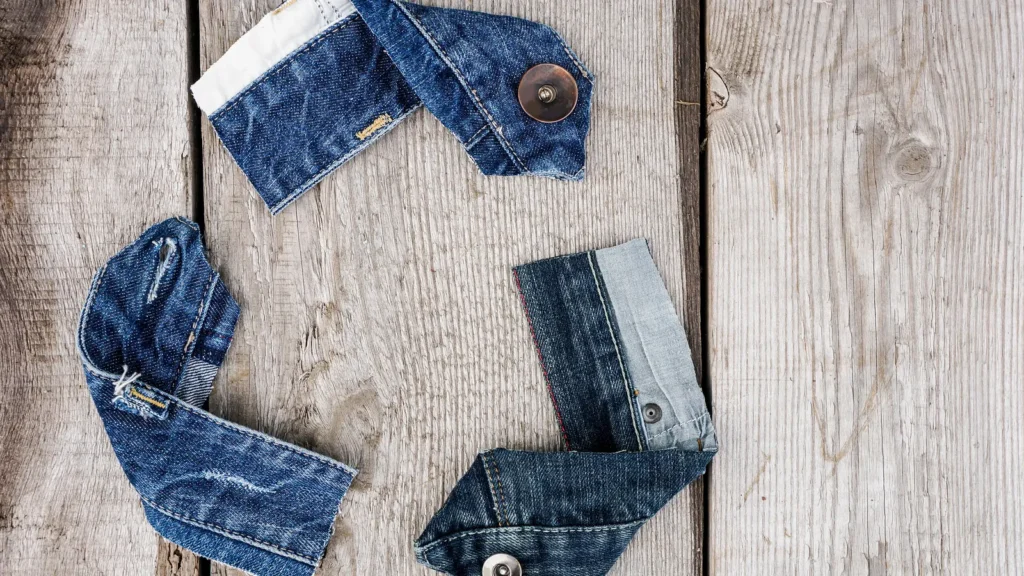Shaping the Future of Fashion: Sustainable Practices and Realistic Solutions

Fashion, a dynamic and ever-evolving industry, holds immense power to influence culture and consumption patterns. However, its rapid growth often comes at a significant environmental and social cost. In recent years, the fashion industry has faced mounting pressure to address its unsustainable practices, leading to a surge in initiatives aimed at promoting sustainability. Additionally, governments worldwide, including the European Union (EU), have begun implementing policies and regulations to tackle the environmental impact of fast fashion.
One notable example of EU policy relevant to fast fashion is the EU’s Circular Economy Action Plan. Introduced in March 2020, this ambitious plan aims to make sustainable products the norm in the EU market, including textiles and clothing. It includes measures to promote eco-design and durability, improve waste management and recycling, and support sustainable consumption patterns. These efforts are crucial for reducing the environmental footprint of the fashion industry and promoting a more circular approach to production and consumption.
Let’s explore how top fashion brands are integrating sustainable practices into their operations and offer realistic solutions for achieving a more sustainable future for fashion.
Top Brands Leading the Way
Several fashion brands have taken significant steps towards sustainability, integrating eco-friendly practices into their supply chains and production processes.
- Patagonia: Patagonia’s Worn Wear program encourages garment longevity through repairs and responsible disposal, reducing textile waste. They also hold themselves accountable through their membership in the Fair Labor Association (FLA), ensuring fair wages and safe working conditions throughout their supply chain. Patagonia’s commitment extends beyond their products, as they donate 1% of sales to environmental causes.
- H&M: Fast-fashion giant H&M is undergoing a sustainability transformation. Their “Conscious Choice” collection features garments made from recycled and organic materials, and they’re working to make all their materials more sustainable by 2030. H&M recently issued its first €500 million green bond to fund these initiatives, demonstrating their commitment to financing their sustainability goals.
- Nike: A sportswear giant, Nike tackles sustainability through their “Move to Zero” initiative. This program focuses on reducing waste and their carbon footprint. Key aspects include:
- Low-Carbon Materials: Nike prioritizes using recycled materials and innovating with sustainable options like Flyknit to minimize their environmental impact.
- Reduced Air Freight: They actively minimize air freight usage, favoring ocean freight with lower carbon emissions.
- Sustainable Building Practices: Nike implements sustainable building practices to reduce their environmental footprint.
- Sustainable Partnerships: Partnering with the Fair Labor Association reflects their commitment to social responsibility.
RELATED ARTICLE: Stay Unique Eco Cabins: Where Luxury Meets Sustainability in Southern Africa
Realistic Solutions for Sustainable Fashion
While these leading brands showcase the possibilities of sustainable fashion, achieving widespread sustainability in the industry requires collective action and realistic solutions:
- Circular Economy: Transitioning to a circular economy model is crucial for reducing fashion’s environmental footprint. Brands can promote clothing longevity through repair services, garment rental programs, and take-back initiatives for recycling. Consumers can extend the lifespan of their clothing by practicing responsible consumption, such as repairing garments and buying second-hand.
- Transparency and Accountability: Enhancing transparency in supply chains enables brands to identify and address sustainability challenges effectively. Implementing certifications such as Fair Trade and Organic can provide assurance of ethical and eco-friendly practices. Consumers can support transparent brands and advocate for greater accountability in the fashion industry.
- Education and Awareness: Educating consumers about the environmental and social impacts of fast fashion is essential for driving change. Brands can engage in public awareness campaigns and provide resources for sustainable fashion choices. Empowering consumers with knowledge empowers them to make informed decisions and demand more sustainable practices from brands.
- Collaboration and Innovation: Collaboration between stakeholders across the fashion industry fosters innovation and accelerates sustainable solutions. Brands, suppliers, governments, and NGOs can collaborate to develop eco-friendly materials, improve production processes, and advocate for policy changes that support sustainability.
The shift towards sustainable fashion is both an opportunity and a necessity. By adopting eco-friendly practices and embracing realistic solutions, the fashion industry can minimize its environmental impact while promoting social responsibility. As consumers, we have the power to drive change through our purchasing decisions and advocacy efforts. Together, we can shape a more sustainable future for fashion.












